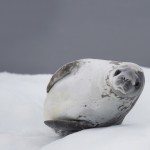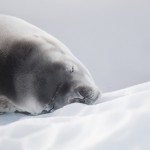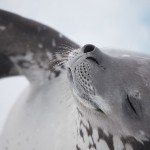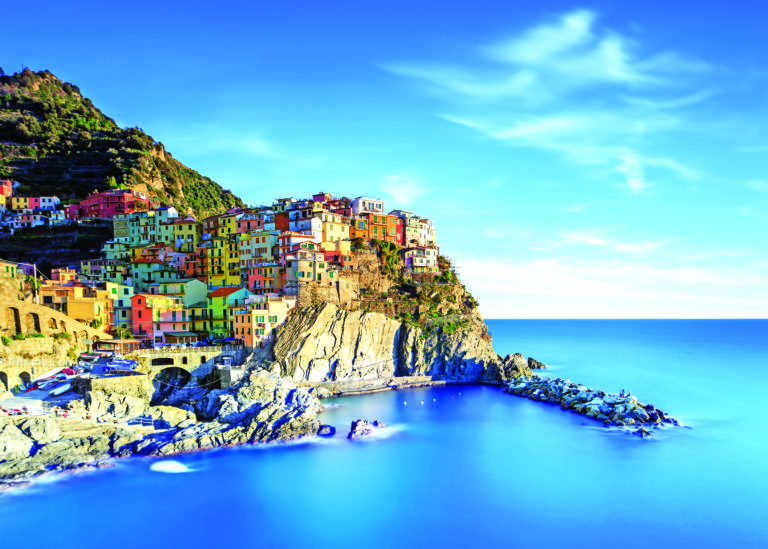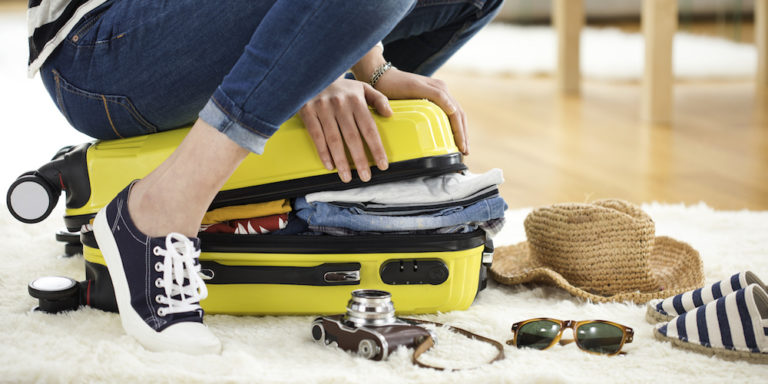In late January 2016, I had the privilege of leading a photography tour group of 20 wilderness loving, animal and photography enthusiasts to the bottom of the world – the Antarctic. Departing from Ushuaia in Southern Argentina, we cruised through the Beagle Channel before a commencing a 40 hour crossing of the treacherous Drake Passage to reach the South Shetland Islands, the gateway to the Antarctic continent.
Six days were then spent exploring the Antarctic islands and the continent itself, photographing glaciers, icebergs, and the bird and animal inhabitants of this white wonderland.
One of my most memorable photography experiences (or my life!) happened the first time I set foot on the Antarctic continent at Neko Harbor. As my 7th continent visited, out of 7, I was already on cloud nine, but when I saw over 5000 breeding pairs of Gentoo Penguins I literally didn’t know where to start photographing. I ended up selecting a group of 50 penguins and sitting front of them for a few hours. Each one was in its own little world and doing something different.
Some were stealing rocks from the nests of others and placing them on their own nests, some tending to their eggs, some rounding up the chicks to protect them from the predatory Skua’s (birds), some were feeding chicks, some were calling to the sky, and the chicks themselves were running around and often falling over, only to bounce back up and go again. It was mesmerising to see them all interact and to be looking at the group surrounded by a glacier to the left, mirrored ocean and icebergs in front and white ice cliffs to my right.
As I was heading to the beach to catch the last zodiac back to our ship, a light summer snow began to fall. Having never been in snow before this was a real treat, and I had tears in my eyes over the perfectness of the entire scene. Summer snow in the Antarctic surrounded by busy and adorable penguins – it was almost too much to take in at once.
We travelled in summer, so temperatures ashore were a pleasant 5 degrees, with little wind. Whilst on our ship, more snow fell, carpeting everything outside on the deck in fluffy whiteness. Across my 12 day trip I took over 18,000 images, and potentially took a photo of every penguin I saw. I wanted to capture the bird and animal inhabitants and show how they live within, and have adapted to, one of the toughest climates on earth.
There are very strict rules in place, relating to the animals and the environment, in order to minimise the impact of human visitors. People must give way to penguins walking by and must remain 30 m away from seals and sea lions and 5 m away from penguins. Nothing is to be left on the ice and all boots and walking poles need to be disinfected before and after shore landings. Each vessel permitted to travel there has strict waste management practices and once ashore the impact of tourists is minimal – the animals don’t seem too bothered by two legged visitors and the environment simply covers our footprints over with snow before too long.
Antarctica has a beautiful but harsh landscape, where sub zero temperatures, whipping winds and frozen tundra prevails for most of the year. Only the toughest survive. Despite this, it needs our protection and care and I believe one of the best ways to become an advocate for something is to witness it for yourself. If a trip to the Antarctic is within your means, make haste and go. You will not only be in for a once in a lifetime experience, you will return with a greater knowledge of this precious area, and feel a need to help preserve it from the actions of a global growing human population.
View her incredible images below.






